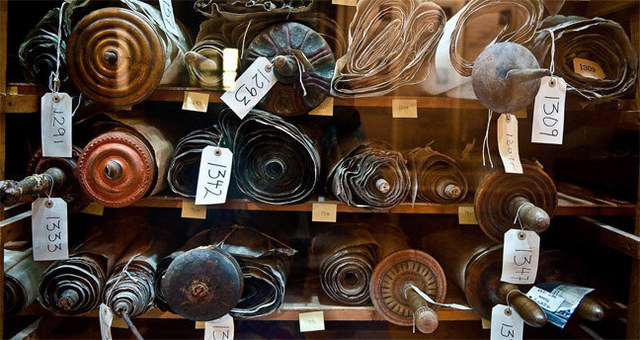|
|||||||||||||||||||||||||||||||
@ Produced by Teddy Edward
We use cookies to improve our website and your experience when using it. Cookies used for the essential operation of this site have already been set. To find out more about the cookies we use and how to delete them, see our privacy policy. | |
| I accept cookies from this site. Agree | |







